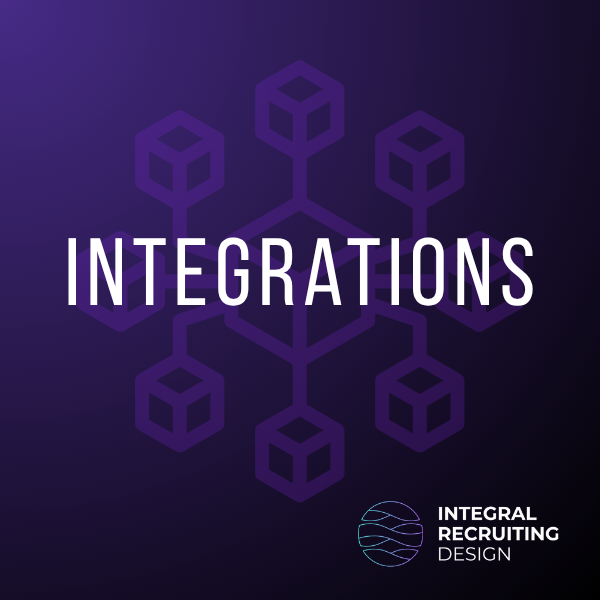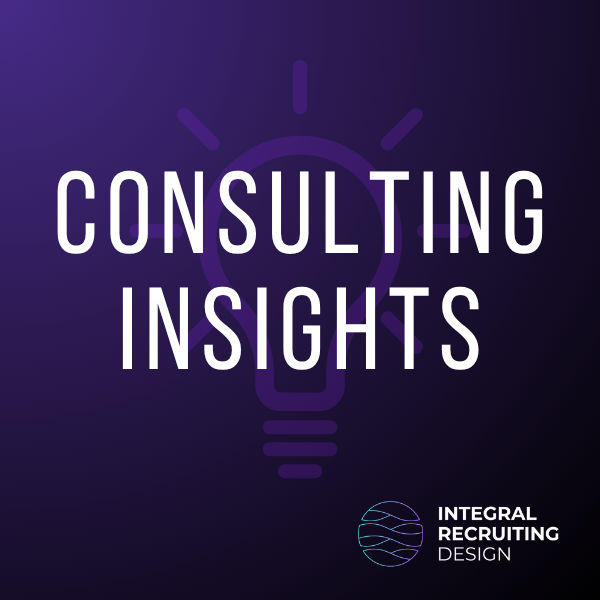I dove headfirst into experimenting with AI when ChatGPT launched in November 2022. It was immediately clear to me that this moment in technology was as big a deal as the printing press or the internet. But what wasn’t clear—and still isn’t, honestly—is how to navigate it without losing my mind. (I strongly suspect you can relate to this.)
Let’s start here: I love AI. I talk about it constantly. I’ve been using it since day one. And yet—let me say this clearly—I struggle with the pace of change just like you do.
Yes, I can go from concept to content to distribution across all our channels in under 30 minutes, most of it dictated into my phone without typing a thing. Yes, I run a fully remote business that uses AI every single day to scale our thinking, our creativity, and our operations.
But I’ve also hit my limits and had to just stop. Many, many times.
I’ve had to flip the switch off entirely—close the tabs, ignore the YouTube recommendations, decline to read the “must-reads” my friends send me, walk away from the avalanche of AI news, trends, tools, hot takes, and breathless headlines about the end of everything.
Because the truth is, while AI is exciting, it’s also exhausting. We don’t talk enough about that part.
The Journey Nobody Warns You About
Figuring out how to do the emotional and intellectual labor required—and when to stop and give myself (and my colleagues) a break—has been a process. A process of experimentation, trial and error, play, mistakes, breakthroughs, messiness, joy. But also: quiet. Breaks. Laughter. Emotional reset.
One key thing that’s helped me figure out that balance is being in dialogue. Not just with people who know more than I do (though that’s a gift), but with those who are just as excited as I am, and with people who are curious but unsure, and yes—even with those who are dead set against it. These conversations keep me both grounded and inspired. They help me remember that this is a human journey, not a tech trend.
The Work Behind the Magic
All those conversations helped me figure out how to actually build something sustainable. My AI workflow today is slick. Efficient. And surprisingly heartfelt. Most of what I publish starts with a voice note—me, talking into my phone while pacing around the block or waiting in line at Starbucks (admittedly, like a weirdo). AI helps shape those raw thoughts into something presentable. And then my team picks it up, dresses it up, and sends it out into the world. From brain to blog to blast-off in under 30 minutes.
But it didn’t start that way. It took a long time to get here. And along the way, I’ve had moments of overwhelm, frustration, deep anxiety—even despair at where all of this could be headed.
The Hidden Cost of Innovation
Here’s what I want to say, especially to those who feel behind: AI adoption is emotionally and mentally exhausting. That’s what no one tells you. And it’s one of the biggest barriers to getting started.
Not the tools. Not the skills. Not even the ethics debates. It’s the feelings that exhaustion creates—the fear of getting it wrong, the fear of abetting your own obsolescence, the nagging sense that you’ll never catch up.
So let me speak directly to those fears: If you’ve even tried to use AI to improve your work, you are ahead of the game. If all you’ve done is use it to rewrite an awkward email, congratulations—you’re doing it. You’re not replacing yourself; you’re enhancing yourself. If you’re learning in public, asking questions, getting it wrong, and showing up again? You’re not late. You’re right on time.
And here’s the other thing I’ve learned: the antidote to that exhaustion isn’t pushing harder. It’s self-care, play, curiosity, and taking breaks when you need them. If you’ve stepped away because it’s just too much sometimes? Same here.
What This Is Really About
All those feelings are real and valid. But underneath the overwhelm, something important is happening that makes the work worthwhile.
I know it doesn’t feel like it when you’re staring at a blank ChatGPT prompt, trying to keep up with people you admire, or losing sleep because something you thought would be easy with AI is actually far more difficult to get right than you expected. But here’s what you’re actually doing: you’re building a bridge. From your mind to someone else’s. From your idea to the world. From confusion to clarity.
And here’s the thing about these bridges—they connect you to the vast and endless wellspring of your own creativity in ways that might not exist otherwise. They certainly wouldn’t for me. I find writing without AI to be extremely difficult. I get so obsessed with minutia that I can’t make progress—I have weird OCD quirks (like periodically deleting vowels and replacing them to appease the gods of perfectionism), and I have deep misgivings about being tone-deaf or saying the wrong thing. AI helps me get past those barriers to the actual ideas I want to share.
Every time you experiment—even when it feels silly or pointless—you’re learning the language of this new world. When I was recreating Biblical scenes with Star Trek Legos for @StarshipGolgotha, or designing print-on-demand pajamas themed around the NYC Pizza Rat, it felt completely absurd. (It was completely absurd. That’s the point—absurdity is where playfulness knows no bounds.) But playing around taught me more about AI image generation than any tutorial could have. The ridiculous experiments often lead to the most useful breakthroughs.
This isn’t about becoming an AI expert overnight. It’s about staying curious and playful while the world changes around us, and going at a pace that’s right for you. It’s about finding your own way to use these tools that feels authentic to you and your work.
So be kind to yourself in this process. Take baby steps. Write that article. Talk to your friends about what you’re discovering. Play with something completely ridiculous just to see what happens. Take a nap when the overwhelm hits. Come back when you’re ready.
You don’t need to go fast. You just need to keep going.
And I’ll be here, walking that road right alongside you.




